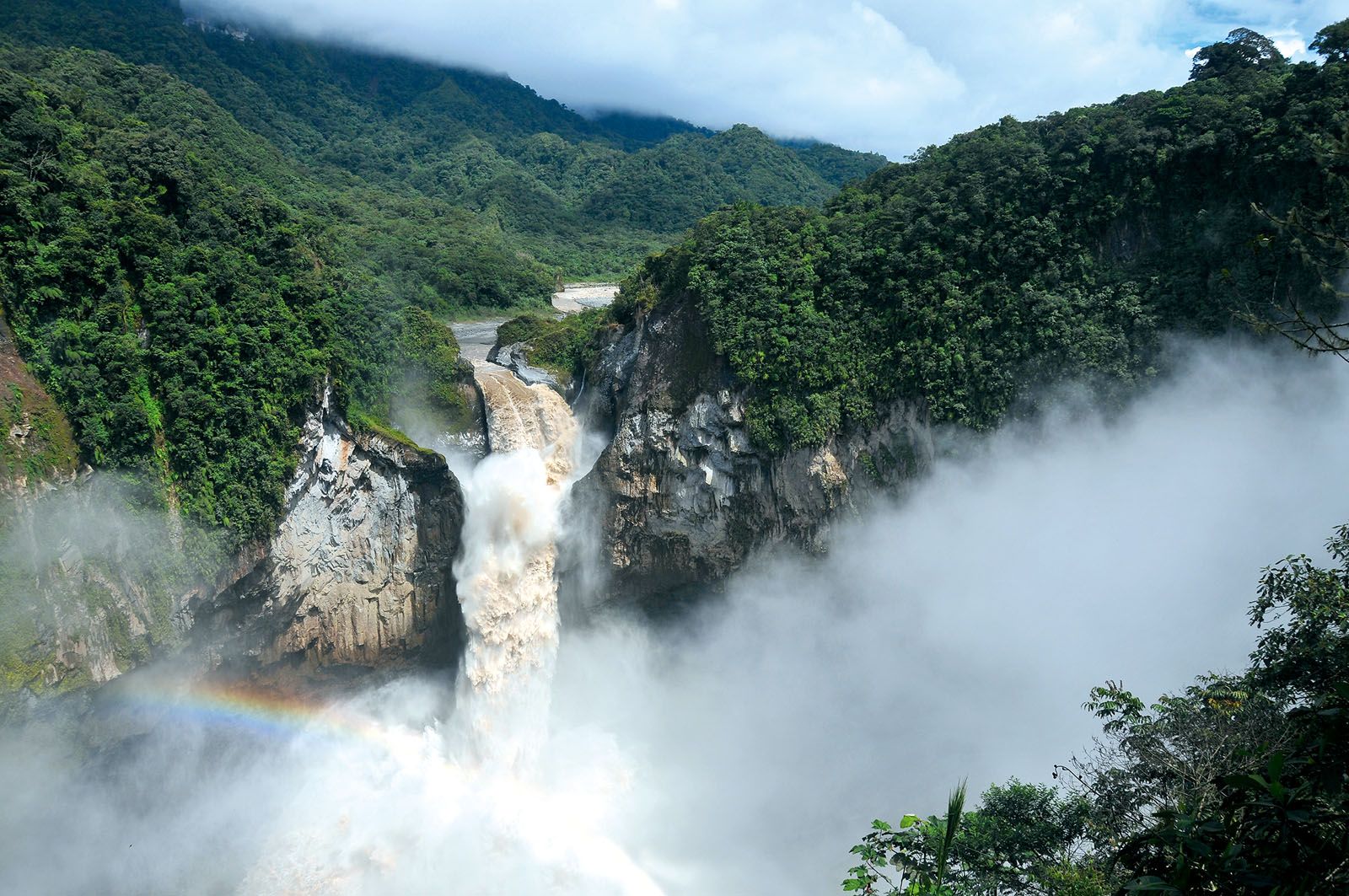Discover colonial architecture, savour Andean culture and cuisine, and witness the exotic wildlife of the Amazon jungle and Galápagos Islands—there’s plenty to keep you busy in Ecuador
By any measure, the Republic of Ecuador, located on the west coast of the South American continent, is not a large country. While its geographic footprint may be small compared to its Latin American neighbours, it is brimming with unique experiences that one can only find in this country situated squarely on the equator.
The diversity of landscapes required us to plan our trip with military precision—a task we entrusted to travel experts A2A Safaris and Journeys. The company carefully curated an itinerary that combined relaxation and exertion in equal measure, which allowed us to have an authentic and immersive experience in this dynamic and beautiful country.








